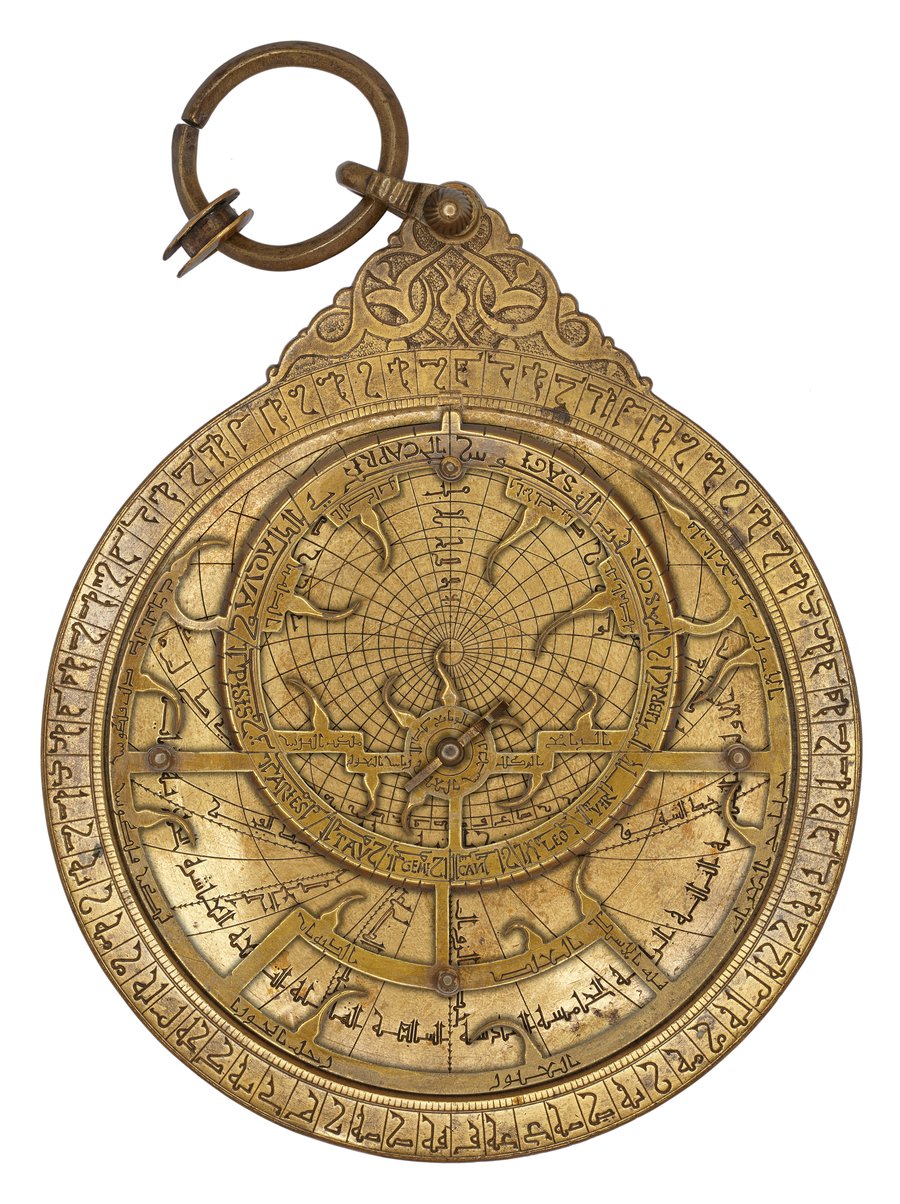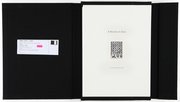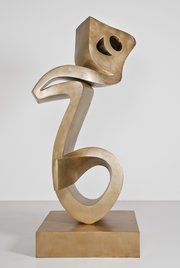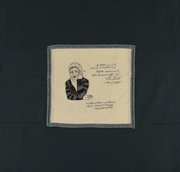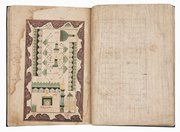
Planispheric Astrolabe
Museum of Islamic Art
- Title:
- Planispheric Astrolabe
- Artist:
- Abu Ja’far Ahmad b.
- Production place:
- Granada
- Date:
- 1309 - 1310
- Period:
- Nasrid
- Title:
- Planispheric Astrolabe
- Artist:
- Abu Ja’far Ahmad b.
- Production place:
- Granada
- Date:
- 1309 - 1310
- Period:
- Nasrid
- Material:
- Brass, Gold, Black compound
- Technique:
- Casting, Gilding, Inlaying, Openwork, Engraving, Riveting
- Dimensions:
- 20 × 3
- Diameter:
- 13.5
This work is one of three surviving astrolabes made by Ahmed ibn Husayn ibn Baso (d. 715 AH/1316 CE), a well-known astronomer and ra’is al-muwaqqitin (head of the timekeepers), who served in the Great Mosque of Granada under the Nasrid rulers. This astrolabe has five plates calibrated for use in Mecca, Oman, Aswan, Alexandria, Granada, Malaga and Algeciras. The work of Baso is remarkable for both its astronomical accuracy and beauty. The design is well balanced and the inscriptions skilfully executed. Inscribed in both Arabic and Latin, it includes the twelve months of the Julian calendar and their corresponding twelve zodiac signs in Latin. The use of Latin demonstrates the movement of Islamic knowledge between East and West, Spain playing a crucial intermediary role. Despite their high cost, instruments made by Baso were greatly sought after.
